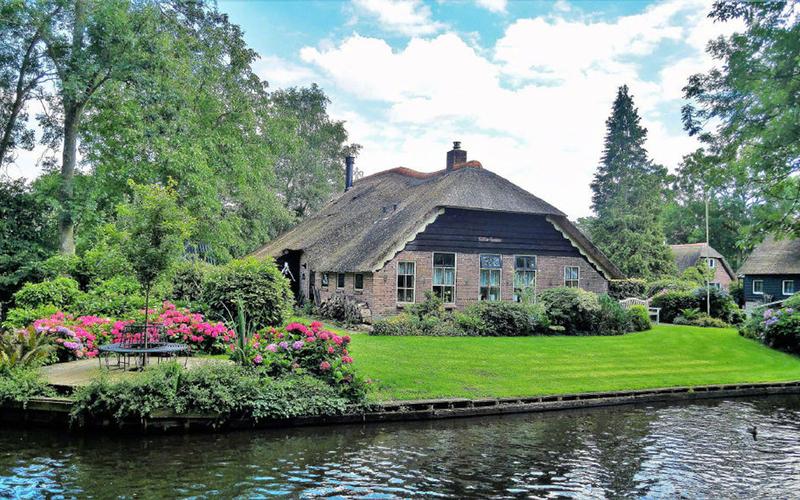Preserving Our Cultural Legacy: World Heritage Sites Added in 2019
Cultural heritage is an essential aspect of our identity and history that needs to be preserved for future generations. It is through these heritage sites that we get to understand our past, learn from it, and appreciate our cultural differences. UNESCO, the United Nations Educational, Scientific, and Cultural Organization, recognizes the importance of cultural heritage and designates world heritage sites worldwide.
In 2019, UNESCO added 29 sites to the World Heritage List, bringing the total number to 1,121 sites in 167 countries. Among them were 18 cultural sites, 7 natural sites, and 4 mixed sites. These sites are of significant cultural value and deserve protection for their unique characteristics and cultural importance.
Cultural Sites added in 2019
One of the most notable additions was the Royal Building of Mafra, located in Portugal. The palace was built in the 18th century and houses a library containing over 40,000 books. The site was recognized for its beautifully constructed architecture and its significance in Portuguese history. Another cultural site added was the French Austral Lands and Seas- the subantarctic islands, which is a breeding site for numerous seabirds, including the endangered Amsterdam Albatross.
Another significant addition was Jaipur city in India, also known as the Pink City, owing to its pink terracotta buildings. This city is a UNESCO World Heritage Site in recognition of its cultural and architectural significance. The layout of the city, founded in 1727, is a fine example of a planned city with broad avenues, spacious gardens, and grand palaces.
Mixed Sites added in 2019
Mixed sites are those that hold both cultural and natural significance. One of the four mixed sites added in 2019 was the ancient irrigation system of Chenqangou in China. The system was built over 2,000 years ago and has been in use ever since. Additionally, the site has played a crucial role in the development of agriculture in China, providing an excellent example of a harmonious relationship between humans and nature.
The other mixed sites added last year included the water management system of Augsburg in Germany, the Vatnajökull National Park in Iceland, and the landscapes of Dauria in Mongolia and the Russian Federation.
Natural Sites added in 2019
UNESCO recognizes the importance of preserving natural heritage as well, as is evident by the seven natural sites added in 2019. These sites include the French Austral Lands and Seas, which were mentioned previously, and several others. One notable addition was the Writing-on-Stone Park in Canada. This park is home to some of the largest and most impressive rock art sites in North America and is of significant cultural importance to the Blackfoot tribe.
Final thoughts
UNESCO’s World Heritage Sites offer an opportunity for people worldwide to understand and appreciate the cultural and natural history of their lands. Designation as a World Heritage Site comes with an obligation for nations to take care of their cultural heritage and natural resources for future generations. The inclusion of 29 new sites in 2019, ranging from ancient irrigation systems to beautifully designed palaces, shows the breadth of cultural riches and the importance of preserving and maintaining them.
(Note: Do you have knowledge or insights to share? Unlock new opportunities and expand your reach by joining our authors team. Click Registration to join us and share your expertise with our readers.)
Speech tips:
Please note that any statements involving politics will not be approved.
